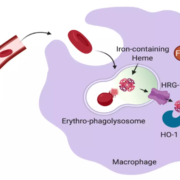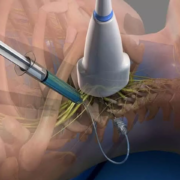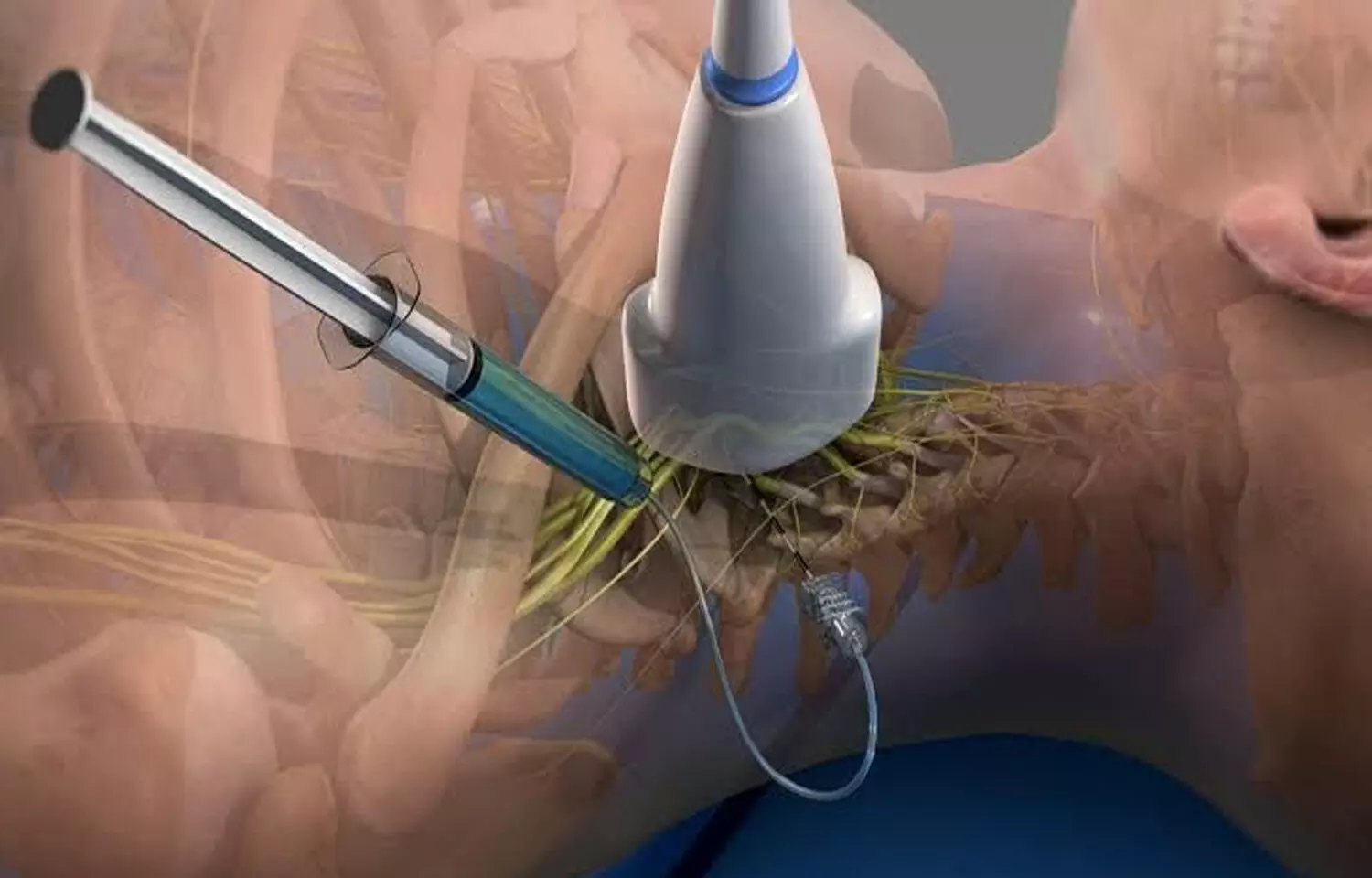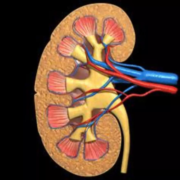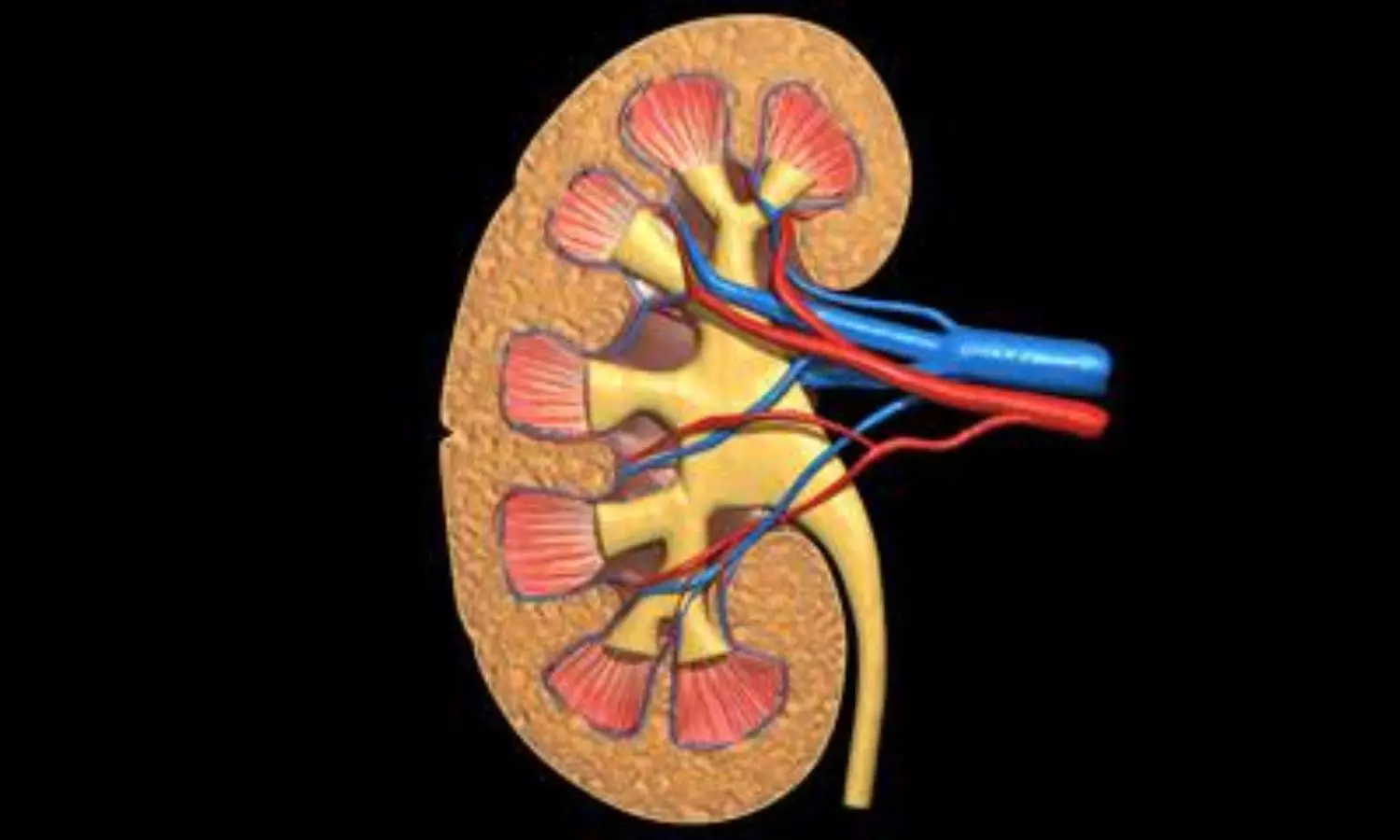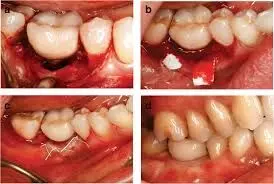Menstrual Blood Loss may Determine Iron Status in Premenopausal Blood Donors: Study
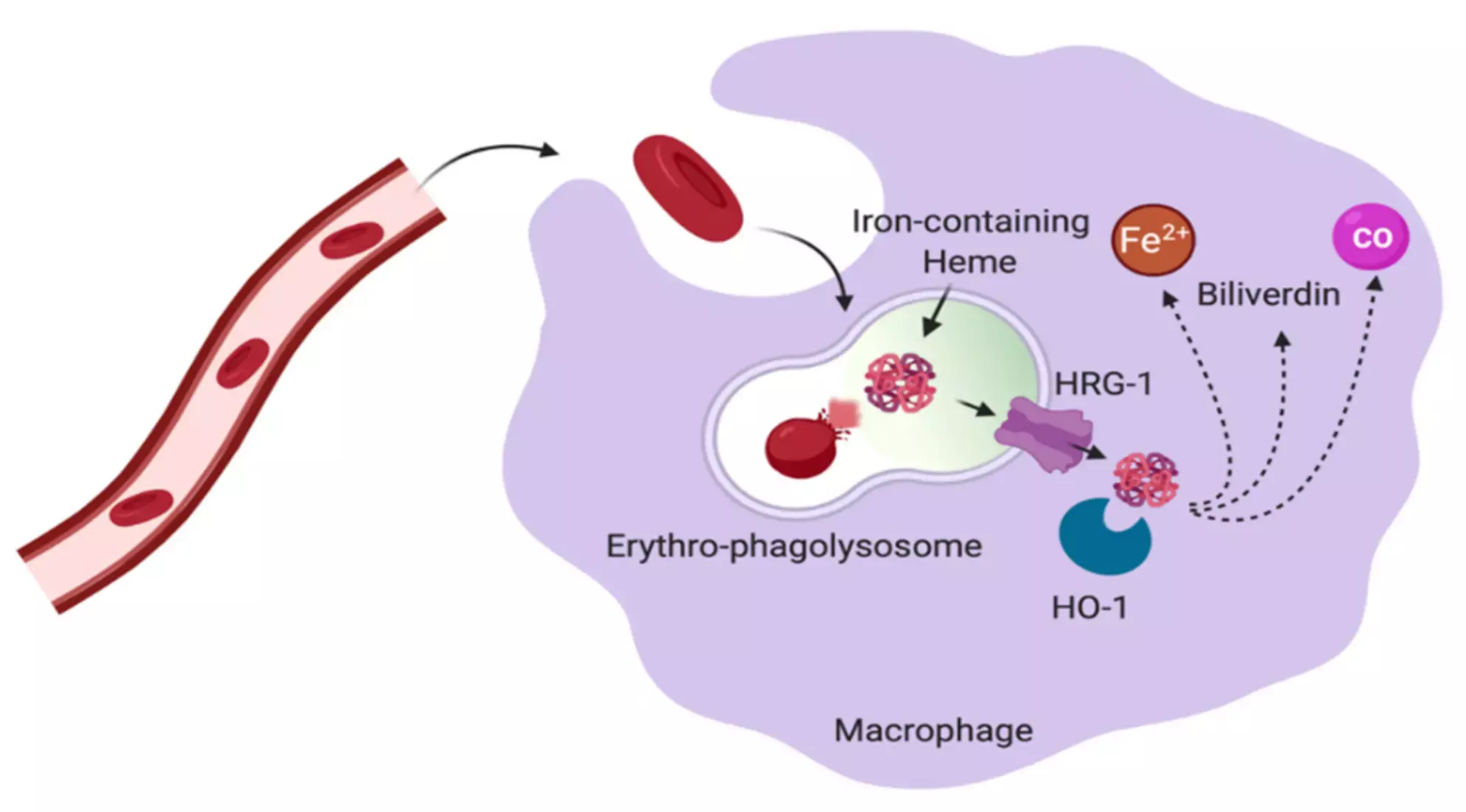
Menstrual Blood Loss Determines Iron Status in Premenopausal Blood Donors suggests a study published in the Acta Obstetricia et Gynecologica Scandinavica.
A study was done to prevent blood donors from developing iron deficiency (ferritin <15 μg/L) and subsequent anemia (hemoglobin <120 g/L), blood services rely on information about known risk factors, including the donor’s sex and age. For example, while Finnish women can donate whole blood with a minimum donation interval of 91 days, women in the 18 to 25-year-old age group are recommended to donate no more than once yearly. Menstrual blood loss is not accounted for in blood donation interval recommendations, despite being a known risk factor of iron deficiency.
We aim to investigate to what extent menstrual bleeding is associated with ferritin and haemoglobin levels in female blood donors and quantify the association of other menstruation-related variables not currently accounted for by blood services (i.e., use of hormonal contraception, heavy menstrual bleeding) with iron deficiency or anaemia. The study population comprised 473 premenopausal and 491 postmenopausal Dutch whole blood donors. Exclusion criteria were current pregnancy, BMI ≥50, ferritin ≥200, pictorial blood assessment chart (PBAC) ≥400, and age <18 or ≥70 years.
Menstrual blood loss was quantified using a PBAC, a semiquantitative method to evaluate the number of used menstrual products and the degree of staining. They identified predictors of log(ferritin)/haemoglobin and iron deficiency/anaemia using Bayesian linear and logistic regression models. They quantified the average percentage of variance in log(ferritin) and haemoglobin explained by the covariates. Results: Menstrual blood loss accounted for most of the explained variance in haemoglobin (8%) and second only to the number of days since last donation for ferritin (8%). Heavy menstrual bleeding (PBAC ≥150, OR = 3.56 [1.45-8.85], prevalence 13%) was associated with anaemia, and use of the levonorgestrel-releasing intrauterine device was negatively associated with iron deficiency (OR = 0.06 [0.01-0.44]). After statistical control for menstrual blood loss, age was not associated with iron status. Menstrual blood loss and blood donation were the most important determinants of iron status in premenopausal women. Thus, results suggest that accounting for menstrual blood loss in donation interval guidelines may benefit blood donors.
Reference:
Ekroos S, Karregat J, Toffol E, Castrén J, Arvas M, van den Hurk K. Menstrual blood loss is an independent determinant of hemoglobin and ferritin levels in premenopausal blood donors. Acta Obstet Gynecol Scand. Published online June 10, 2024. doi:10.1111/aogs.14890
Powered by WPeMatico

